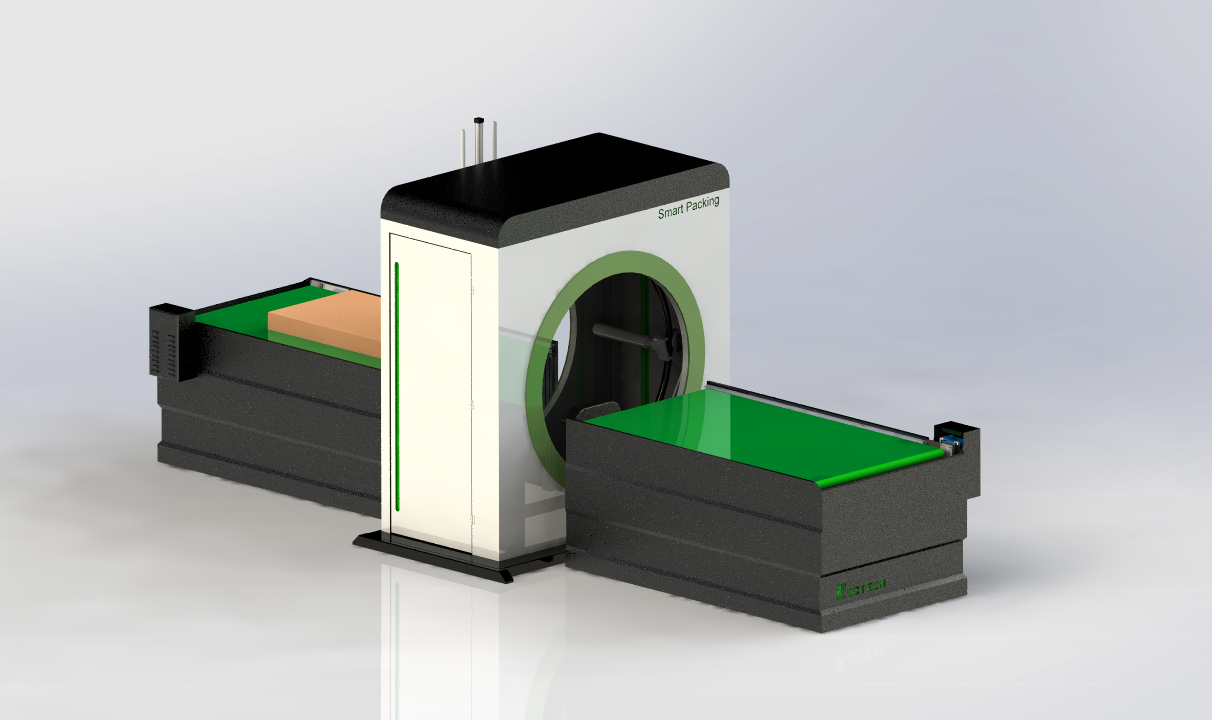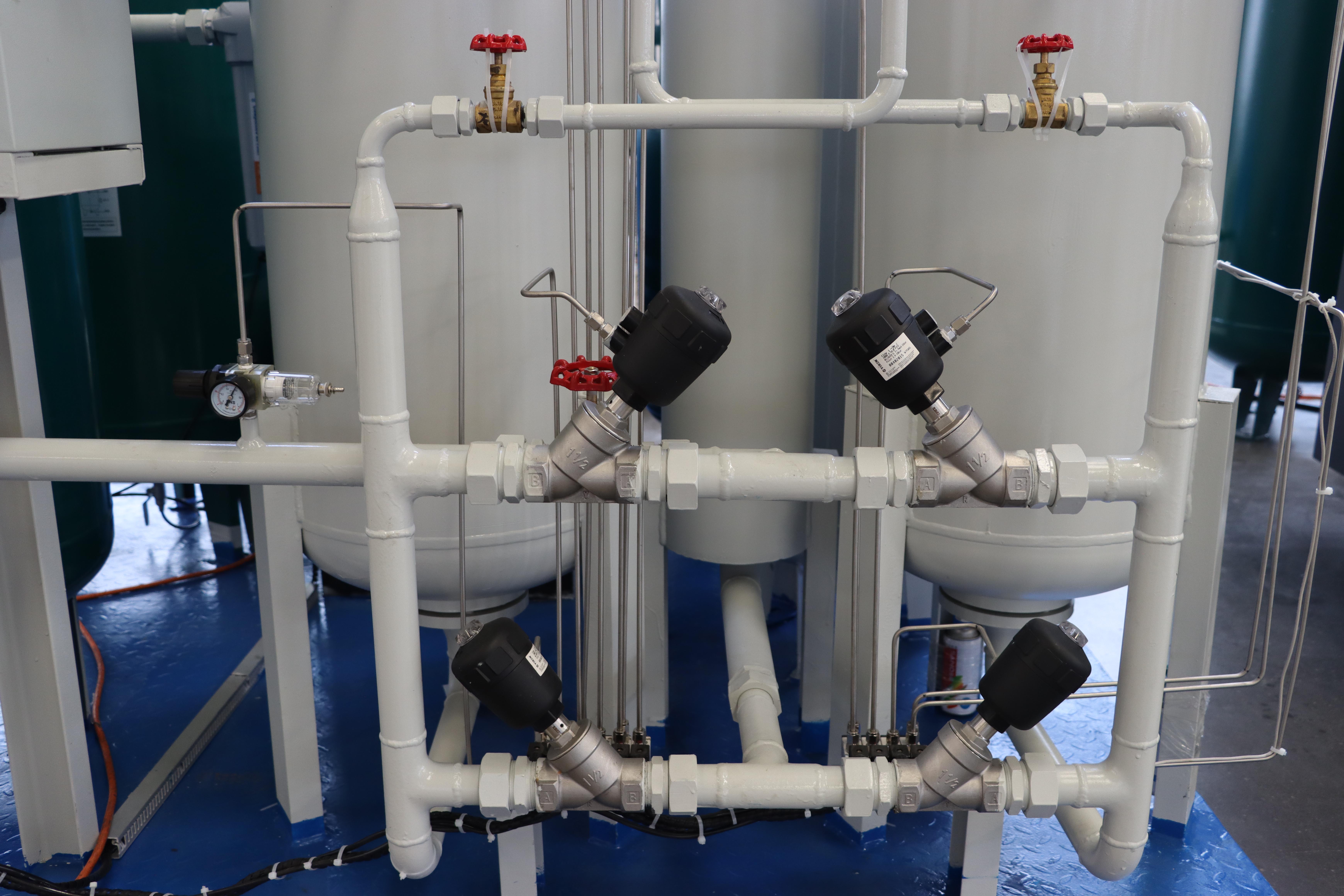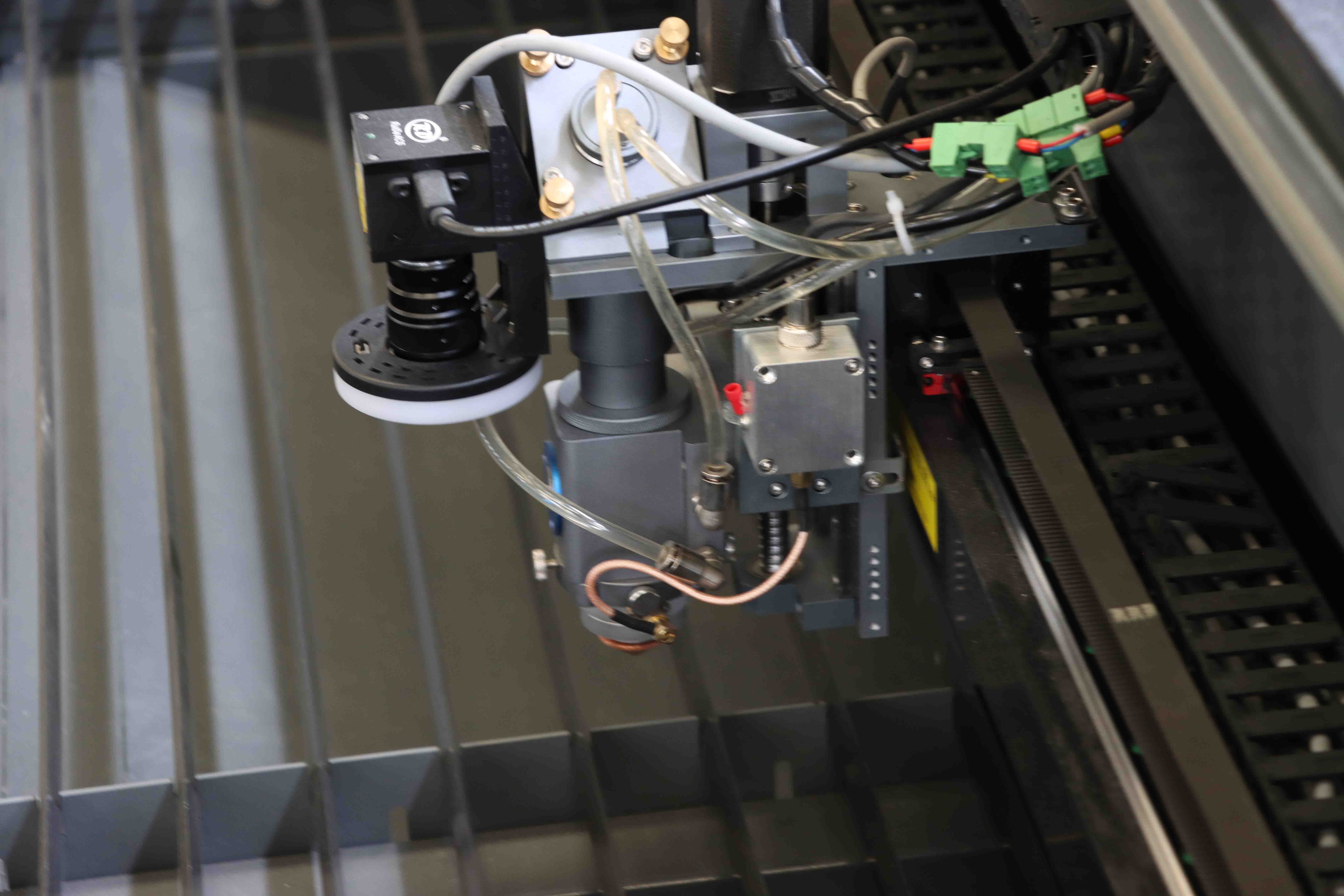소개
현대 제조업 분야에서는 산업용 강철을 정확하고 효과적으로 절단하는 능력이 중요하다.산업용 강철 공구, 특히 CNC (컴퓨터 수치 제어) 와 광섬유 레이저 절단 등 첨단 기술을 이용한 공구는 제조업체가 강재를 처리하는 방식을 완전히 변화시켰다.이 기계들은 자동차에서 항공 우주, 건축에 이르기까지 모든 산업에서 불가결한 정밀도, 속도 및 다기능성을 제공합니다.본고는 공업용 강철 칼의 발전, 기술과 응용을 깊이 있게 연구하고 현대 제조 과정에서 그들의 의미를 강조했다.

공업용 강철 칼의 변천
강재 절단의 역사는 산업화 초기로 거슬러 올라갈 수 있는데, 당시 톱질, 절단, 화염 절단 등 수공 방법이 일상적이었다.이러한 방법은 비록 당시에는 효과가 있었지만, 노동이 밀집되고 시간이 많이 걸렸으며, 종종 절단이 정확하지 못하게 되었다.20세기 중엽 디지털 제어 기술의 출현은 중요한 전환점을 상징한다.디지털 제어 선반은 자동화와 정밀도를 도입하여 더욱 복잡하고 정확한 절단을 허용한다.그러나 이 산업을 진정으로 변화시킨 것은 1960년대 레이저 절단 기술의 발전이다.
레이저 절단, 특히 광섬유 레이저 절단은 이미 공업 강재 절단의 황금 표준이 되었다.광섬유레이저는 희토류원소를 섞은 광섬유를 사용하여 고강도레이저빔을 산생하는데 전통적인 이산화탄소레이저에 비해 몇가지 우세를 갖고있다.더 에너지 효율적이고 수명이 길며 더 두꺼운 재료를 더 정확하게 절단할 수 있습니다.CNC 기술과 광섬유 레이저의 통합은 제조업체가 복잡한 설계와 고속 생산을 할 수 있도록 그들의 능력을 더욱 강화시켰다.

Technology Behind Industrial Steel Cutters
At the heart of modern industrial steel cutters is the fiber laser, a technology that has redefined the boundaries of precision and efficiency. Fiber lasers operate by amplifying light through a series of optical fibers, producing a concentrated beam that can cut through steel with minimal heat-affected zones. This results in cleaner edges, reduced material distortion, and the ability to cut complex shapes with high accuracy.

CNC technology plays a crucial role in controlling the movement of the laser beam. CNC systems are programmed with detailed instructions that dictate the path and intensity of the laser, ensuring that each cut is executed with precision. The combination of CNC and fiber laser technology allows for the automation of the cutting process, reducing the need for manual intervention and minimizing the risk of human error.
In addition to fiber lasers, other cutting technologies such as plasma cutting and waterjet cutting are also used in industrial applications. Plasma cutting, which uses a high-velocity jet of ionized gas to cut through steel, is particularly effective for cutting thick materials. Waterjet cutting, on the other hand, employs a high-pressure stream of water mixed with abrasive particles to cut through steel. While these methods have their own advantages, fiber laser cutting remains the preferred choice for most industrial applications due to its superior precision and efficiency.
Applications of Industrial Steel Cutters
The versatility of industrial steel cutters makes them suitable for a wide range of applications across various industries. In the automotive industry, for example, steel cutters are used to fabricate components such as chassis, body panels, and engine parts. The precision of fiber laser cutting ensures that these components meet the stringent quality standards required for vehicle safety and performance.
In the aerospace industry, where the demand for lightweight yet durable materials is high, industrial steel cutters are used to produce intricate parts for aircraft and spacecraft. The ability to cut through high-strength steel alloys with minimal heat distortion is particularly valuable in this sector, as it ensures the structural integrity of critical components.
The construction industry also benefits from the use of industrial steel cutters. Steel beams, columns, and other structural elements are often cut to precise dimensions using CNC-controlled laser cutters. This not only speeds up the construction process but also ensures that the components fit together seamlessly, reducing the need for on-site adjustments.
In the manufacturing of consumer goods, industrial steel cutters are used to produce a wide range of products, from household appliances to industrial machinery. The ability to cut complex shapes and designs allows manufacturers to create products that are both functional and aesthetically pleasing.
Advantages of Industrial Steel Cutters
The adoption of industrial steel cutters, particularly those utilizing fiber laser technology, offers numerous advantages to manufacturers. One of the most significant benefits is the ability to achieve high levels of precision. Fiber lasers can cut through steel with an accuracy of up to 0.1 mm, ensuring that each component meets the required specifications. This level of precision is particularly important in industries where even the smallest deviation can lead to product failure.
Another advantage is the speed of cutting. Fiber lasers can cut through steel at speeds of up to 100 meters per minute, significantly faster than traditional cutting methods. This increased speed translates to higher productivity and shorter lead times, allowing manufacturers to meet tight deadlines and respond quickly to market demands.
The efficiency of fiber laser cutting also contributes to cost savings. Fiber lasers consume less energy than CO2 lasers, reducing operational costs. Additionally, the minimal heat-affected zones result in less material waste, further lowering production costs. The automation of the cutting process also reduces labor costs, as fewer operators are required to oversee the machines.
The versatility of industrial steel cutters is another key advantage. These machines can cut through a wide range of steel grades and thicknesses, making them suitable for various applications. The ability to cut complex shapes and designs also allows manufacturers to produce customized products, meeting the specific needs of their customers.
Challenges and Future Trends
Despite the numerous advantages, the use of industrial steel cutters is not without its challenges. One of the primary concerns is the initial investment cost. Fiber laser cutting machines are significantly more expensive than traditional cutting equipment, which can be a barrier for small and medium-sized enterprises. However, the long-term cost savings and increased productivity often justify the initial investment.
Another challenge is the need for skilled operators. While CNC technology has automated many aspects of the cutting process, operators still require specialized training to program and maintain the machines. As the technology continues to evolve, there is a growing demand for skilled workers who can operate and troubleshoot advanced cutting systems.
Looking to the future, the industrial steel cutting industry is poised for further advancements. One emerging trend is the integration of artificial intelligence (AI) and machine learning into CNC systems. AI-powered CNC machines can analyze cutting data in real-time, optimizing the cutting process and improving efficiency. This technology also enables predictive maintenance, reducing downtime and extending the lifespan of the machines.
Another trend is the development of hybrid cutting systems that combine multiple cutting technologies, such as laser and plasma cutting. These hybrid systems offer the benefits of both technologies, allowing manufacturers to cut through a wider range of materials with greater precision and efficiency.
The use of robotics in industrial steel cutting is also on the rise. Robotic arms equipped with laser cutting heads can perform complex cutting tasks with high precision and speed. These robotic systems are particularly useful in large-scale manufacturing operations, where they can work alongside human operators to increase productivity.
Conclusion
Industrial steel cutters, particularly those utilizing CNC and fiber laser technology, have become indispensable tools in modern manufacturing. Their ability to cut through steel with precision, speed, and efficiency has revolutionized the way manufacturers produce components and products. As the technology continues to evolve, industrial steel cutters will play an increasingly important role in meeting the demands of various industries, from automotive to aerospace, construction, and beyond. Despite the challenges, the benefits of these advanced cutting systems far outweigh the costs, making them a valuable investment for manufacturers looking to stay competitive in today's fast-paced market.
일반적인 조언이나 특정 지원이 필요하든 상관없이, 우리는 당신을 도와드릴 것입니다.